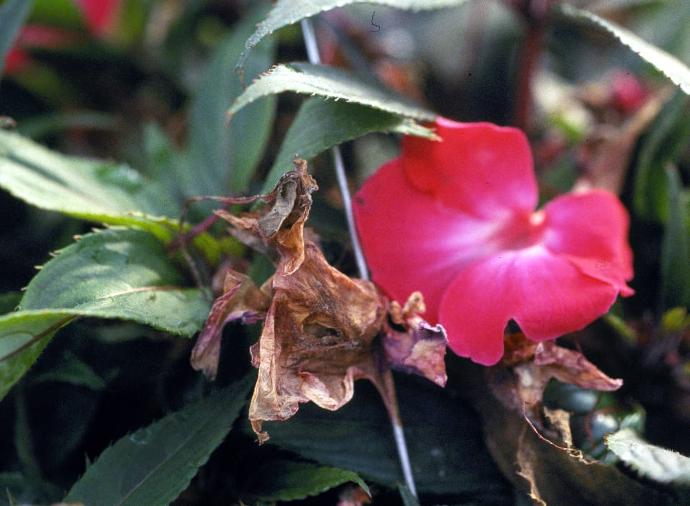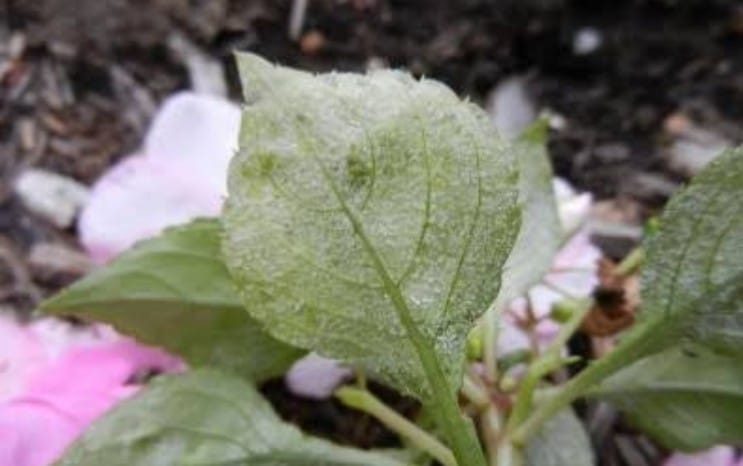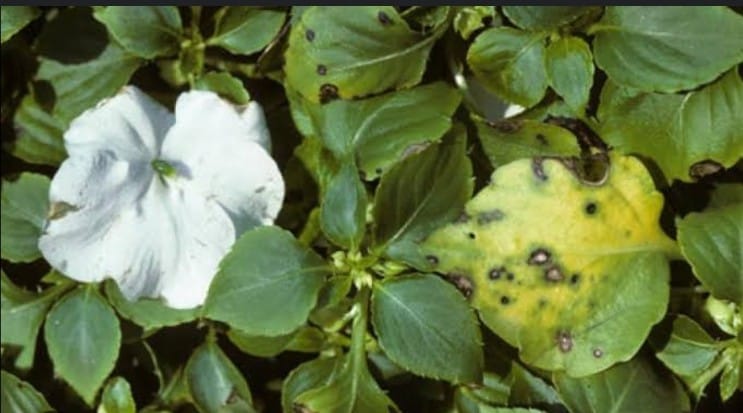Impatiens Plant
Impatiens, also known as Busy Lizzie, is an outdoor flowering plant. Plant in well-draining soil with partial to full shade. Water consistently and deadhead spent flowers for continuous blooming. Fertilize during the growing season for healthy plants and abundant flowers.
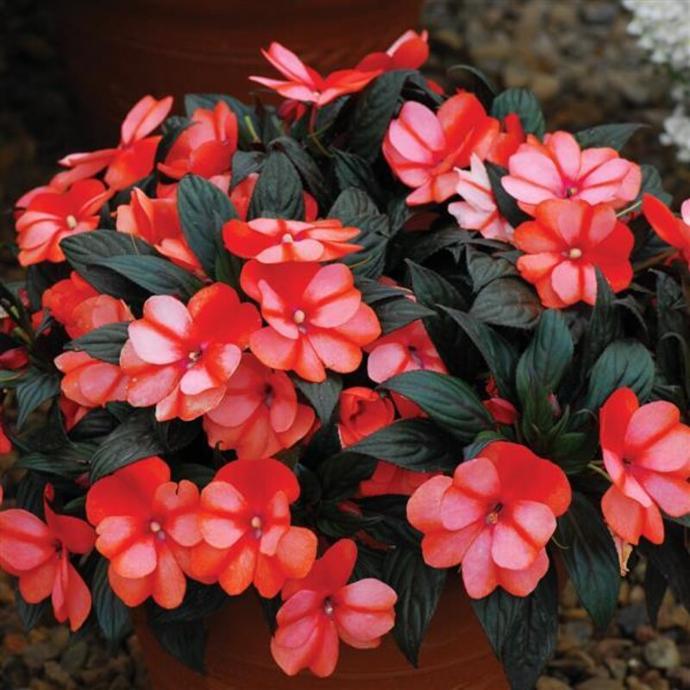
Habit
Annual
Height
30 to 60 cm
Growth
Fast
Soil
Moist, well-drained soil
Shade
Partial shade to Full Sun
Moisture
Moist
Edible
No
Medicinal
No
Origin
Africa, Asia
Climatic Condition
Tropical, Humid
Temperature (°)
18 to 30
Humidity (%)
60% to 80%
Potting media
Peat moss mix
Fertilizers
Balanced fertilizer 2:1:1
Watering
Regular watering
Plant Weight
100-200 g
Flowering Time
Summer to Fall
Soil Ph level
5.5 to 6.5
Water Ph level
6.0 to 7.0
Soil EC
0.4 to 1.0
Yield Per Plant
Ornamental plant
NPK ratio
10:10:10
life Span
Annual
Health Benefits
Used for ornamental purposes, air-purifying.
Suggested Grow Media or Potting Mix ?
50% peat, 25% compost, 25% sand
Suggested Fertigation/Fertilizers
Fertilize every 2-3 weeks with a balanced fertilizer.
Common Diseases and Remedies
Botrytis Blight , Rhizoctonia Crown Rot
Grey or Black Mould spores , Soft stem .
Beejamrutham , Cow Dung
HEALTH BENEFITS
While mostly ornamental, some species are used in traditional medicine for their anti-inflammatory and antifungal properties.
What Is An Impatiens?
Impatiens is a genus of more than 1000 species of flowers common in the northern hemisphere and the tropics. Impatiens and Hydra together form the family Impatiens. Common names in North America include impatiens, gemweed, touch-me-not, rattleweed, and patience.
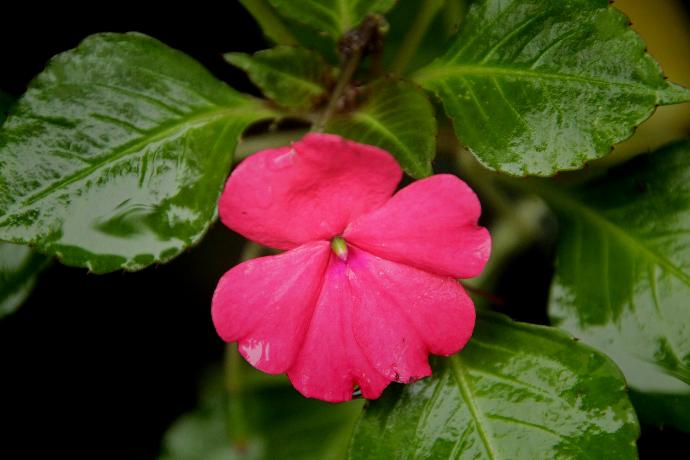
What Are The Different Types Of Impatiens?
1.Impatiens balsamina
Also known as garden balsam, this is an annual, compact and bushy plant that grows up to 8 inches tall. Flower colors are white, pink, rose, lavender and red.
2. New Guinea Impatiens
Also known as Impatiens hawkeri, this hybrid is native to Papua New Guinea. Its flowers are larger and more colorful than those of impatiens. Its leaves are solid or variegated and often have a shiny appearance.
3.Impatiens arguta
This semi-shrub-like, upright type of impatiens can grow up to 1 m (3 to 4 ft) tall and wide. It is native to the Himalayan region and grows as an annual in U.S. hardiness zones 7 through 11.
4. Impatiens walleriana
Also known as Busy Lizzie or Balsam, this is the most common species of impatiens. It comes in many colors including red, pink, white and purple. It is a shade-loving plant suitable for use in containers or as bedding.
How to care Impatiens?
Impatiens is not drought tolerant, so the soil must remain constantly moist and the plant must be watered regularly during droughts to prevent wilting. Work the soil with organic matter and cover with a layer of mulch to help retain moisture.
Location
Plant Impatiens in moist, well-drained soil in a shady or semi-shaded location.
Sunlight
They like bright, indirect or dappled sunlight
Soil
Impatiens grow best in moist, well-drained, slightly acidic soil with a pH of 6-6.5. The soil should be rich in humus and rich in organic matter.
Hydration
Once in the ground, impatient plants need at least five inches of water per week. 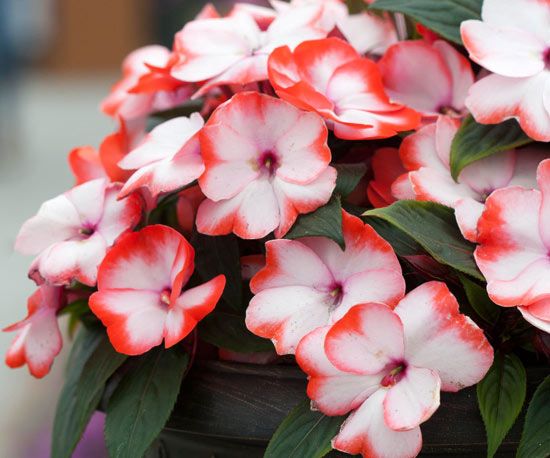
Issues
Impatiens necrotic spot
Tomato spot blight
Sunburn
Fungal wilt
Rot
What are the benefits of Impatiens plants?
Reduce dandruff: Impatiens herb can help reduce dandruff.
Treats skin bites and bee stings: The plant impatiens can be used to treat skin bites and bee stings.
Treatment of torn nails: Impatiens juice or paste can be used in the treatment of torn nails.
Attracts pollinators: Impatiens plants attract pollinators, which can improve biodiversity and create micro-ecosystems.
Extraction of pigments: Impatiens can be used in the extraction of bioactive pigments
FAQs About Growing Impatiens
1 Do the impatient need sunlight?
A location that receives 2 to 4 hours of filtered sunlight during the day or morning sun and evening shade is generally ideal.
2. Why do people refuse to call the impatient?
From Latin impatiens, meaning "impatient".
3. Why is it called impatient?
In late spring, after the soil has warmed to at least 60 degrees Fahrenheit.
4. What are the characteristics of the impatient?
This succulent-stemmed plant grows in a spreading mound about 61 cm high; Its soft stems, leaves and flowers are easily broken or damaged.
5. Can hypocrites grow in sunny places?
SunPatiens can grow in the sun.

